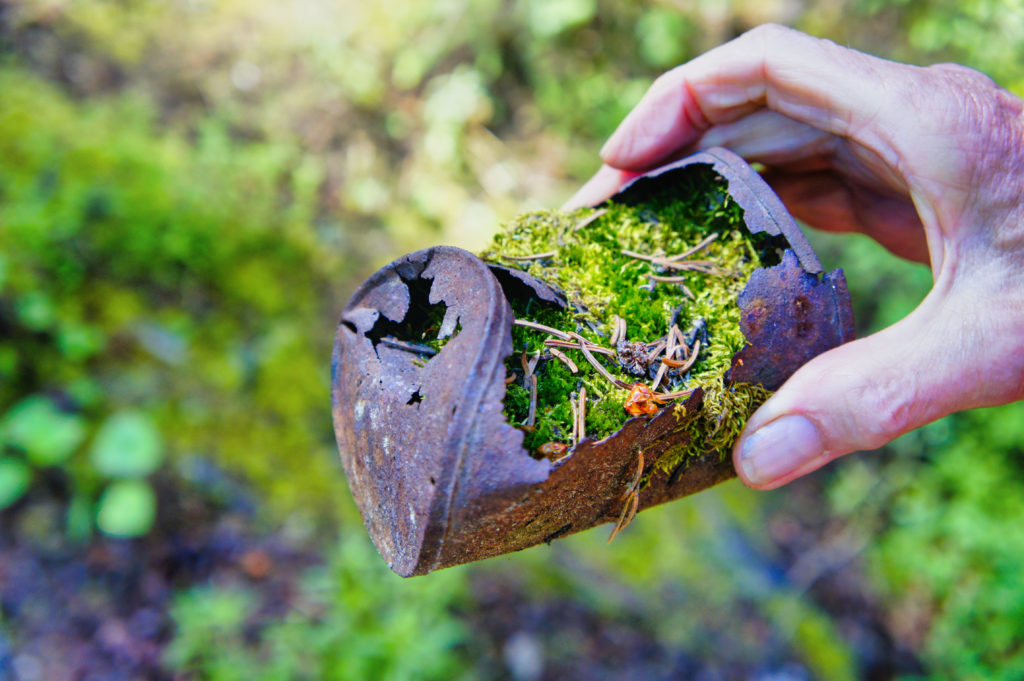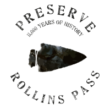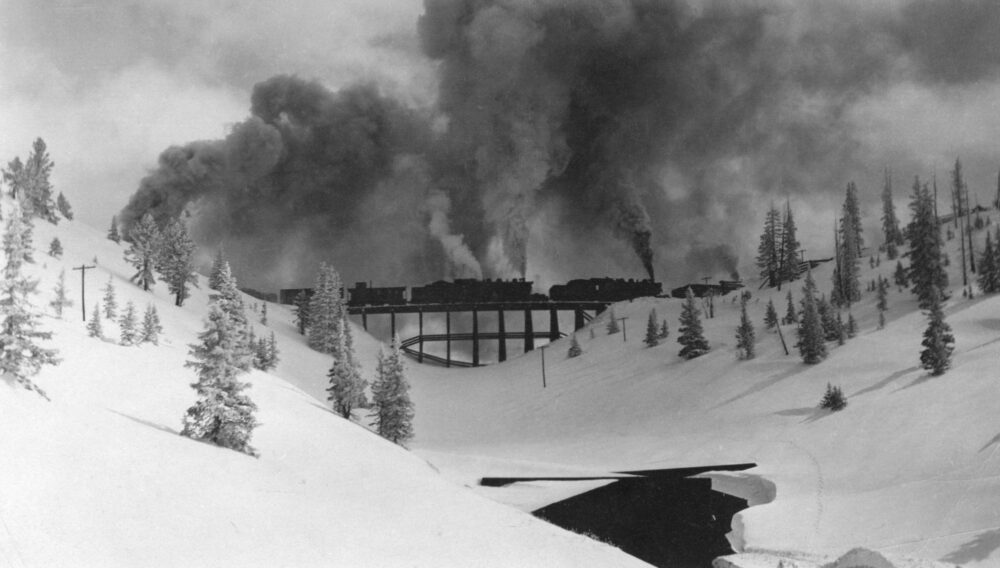Contact an Archaeologist
Preservation of the pass involves your help and efforts
Preserve Rollins Pass facilitates straightforward access to area experts—including the ability to contact an archaeologist, as there are many interested parties who have a vested interest in preserving the heritage of Rollins Pass in Colorado. Should any historic or prehistoric item be found on or very near the pass, please leave the item in place (don’t pocket the past) and fill out the form below or contact us by emailing [email protected], and your message will be forwarded to area experts, including professional archaeologist, Dr. Jason LaBelle.
Archaeology provides the “why” to the story that is so important to understanding, enriching, and unlocking the mysteries of the past. Whereas much is known about the railroad, there is still much to be learned from the abandoned can dumps, wrecks, and other historic debris that did not make it into newspaper articles, books, company records, or photographs. As for the Native American record on Rollins Pass, that simply cannot be known through any other means but archaeology. Learn more about Preserve Rollins Pass and our Leave No Trace guidance that encourages the responsible tourist to take care of the pass and its rich history for the next generation.

On a mobile device? Tap here to access a mobile-friendly version of the form to contact an archaeologist.
The primary purpose of our work is to inform the public.

